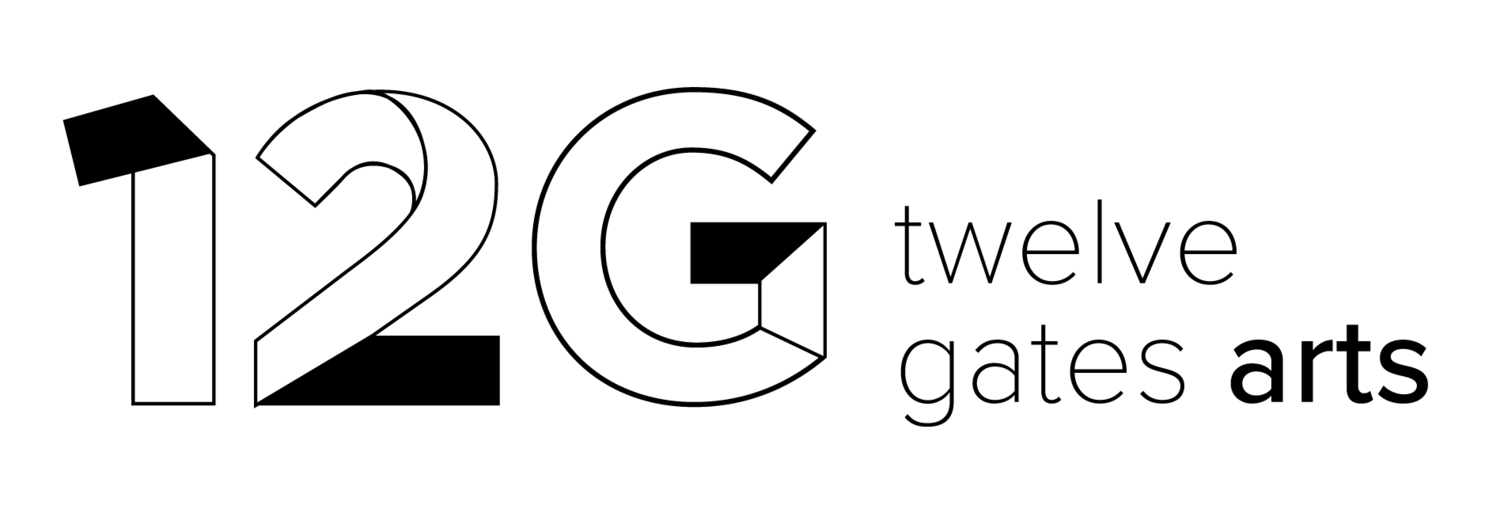Readymade: Contemporary Art from Bangladesh
October 3 - November 20, 2014
Philadelphia, PA
Featuring Kazi Salahuddin Ahmed, Masum Chisty, Khaled Hasan, Imran Hossain Piplu, Promotesh Das Pulak, Dhali Al Mamoon, Yasmin Jahan Nupur, Mohammad Wahiduzzaman & Wakilur Rahman.
Twelve Gates Arts is proud to host the first ever extensive survey of contemporary Bangladeshi art, curated by Aicon Gallery in New York. The exhibition features nine artists collectively exploring the complex and interlocking cultural, political, economic and environmental issues currently facing the often paradoxical and rapidly changing society and state of Bangladesh in the new millennium.
The nation's exploding population, the daily socioeconomic struggles of the lives of millions, the consequences of climate change, shifting cultural and gender demographics and the future of industry and economic growth are just some of the vastly influential issues informing and challenging the visual and verbal language of Bangladesh's diverse and quickly growing contemporary art scene.
The work in this exhibition unpacks these issues through the concept of the readymade, both in its art historical context, and as a term referring to Bangladesh's massive and unwieldy ready-to-wear garment industry, which has made headlines recently due to the tragic consequences of its lack of regulation and harsh suppression of reform, while also remaining the economic backbone of Bangladesh's growing economy.
When Marcel Duchamp challenged high art by making the mundane monumental, he called it readymade. The spaceless conjunction of 'ready' and 'made' is fraught with tension, simultaneously existing as an affirmation, yet a contradiction. This signifies convenience at the cost of quality, access at the cost of wholesomeness, and success at the cost of failure. Ultimately, it marks a divide that is hard to bridge. As Bangladesh encounters these many divides and contradictions, 'readymade' becomes an identity in itself.
With rising levels of greenhouse gases in the environment, the global climate is changing. Extreme storms, long the scourge of low-lying Bangladesh, are increasing in frequency and ferocity; and, there is the rising sea level. Bangladesh presents the largest assemblage of humans at such a low elevation. It is inherently readymade for a natural disaster of epic proportions. With a still trotting, if not galloping, population growth and a shrinking landmass from rising waters, Bangladesh is also a readymade demographic time bomb. About 40% of the population is below the age of 25. If these tens of millions of young men and women are not educated and put to work, Bangladesh is readymade for social unrest. Yet, it is in readymades that Bangladesh seeks a path to redemptive transformation. Readymade is the locally popular term for ready-to-wear clothing. It is an industry of which Bangladesh, with its large work force and low wages, has become the global epicenter, with the garment industry comprising nearly 90% of its Gross Domestic Product. This epicenter, occasionally shaken by a tragedy of epic proportions, is merely inconvenienced by smaller everyday tragedies. Labor organizers disappear into the night, while dissenting workers find their jobs- and at times, limbs-gone. The lack of economic diversity promotes an endemic occurrence of sweatshops and unsafe labor conditions, favoring capitalism over social welfare, susceptible to poverty and malnutrition of children, with a growing sex trade of prostitution and child trafficking into India. It is an industry readymade to propel Bangladesh forwards or back; and, at times, it seems to do both.
Whether a storm changes the coastline or a factory collapses upon its occupants, it takes a myriad of tragedies for the world to focus on Bangladesh. Can tragedy be the price of good-tidings to come? The disaster, in the case of a factory-collapse, is not natural but manmade. For the looming tragedy of climate change, man's authorship should at least allow for remediation. Will the proverbial 'silver lining' be a clear establishment of a civil society's predominance? The political leaders, no matter how tainted, know that they would have to seek the people's mandate, sooner rather than later. Bangladesh has had a growing democracy for three of its four decades in existence. From being the poorer, undernourished and fledging of the two wings of Pakistan - the nation it broke from in 1971 - Bangladesh today has peace, a vibrant economy, higher rates of development and greater empowerment of its people, especially its women.
Is Bangladesh, then, readymade to chart a way forward? Are its artists ready to play a part in this charted route? Culture has always been integral to Bangladesh's identity. It was born of a struggle to protect a language and its associated culture. "Readymade", the first major curated exhibition of contemporary Bangladeshi art in Philadelphia and New York, seeks to re-introduce a society long known as a reliable source of disaster news, as one that is at a fork. A big disaster may yet unfold of many little ones; but equally, there is hope for the emergence of a civil society, with art and artists at its vanguard.
